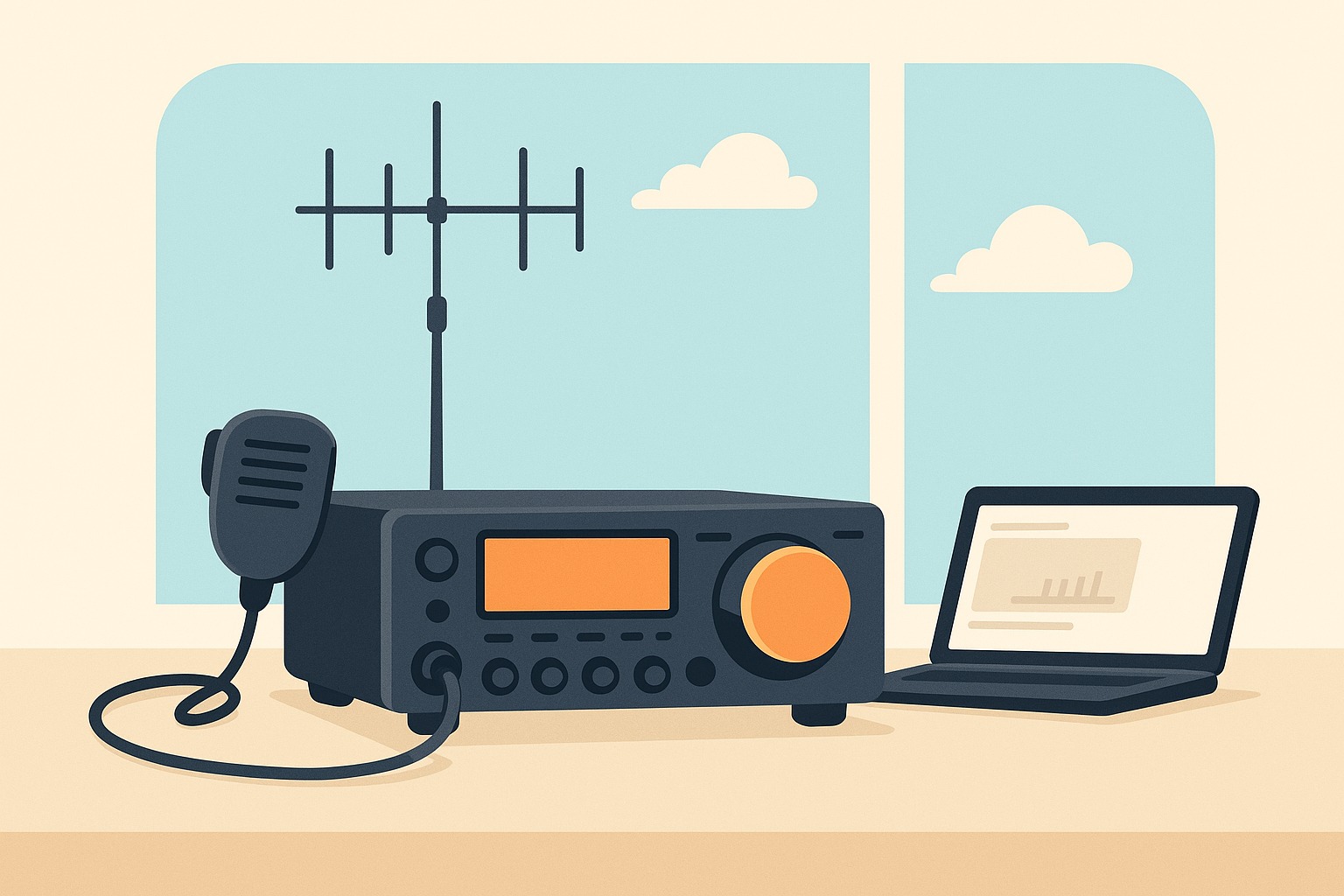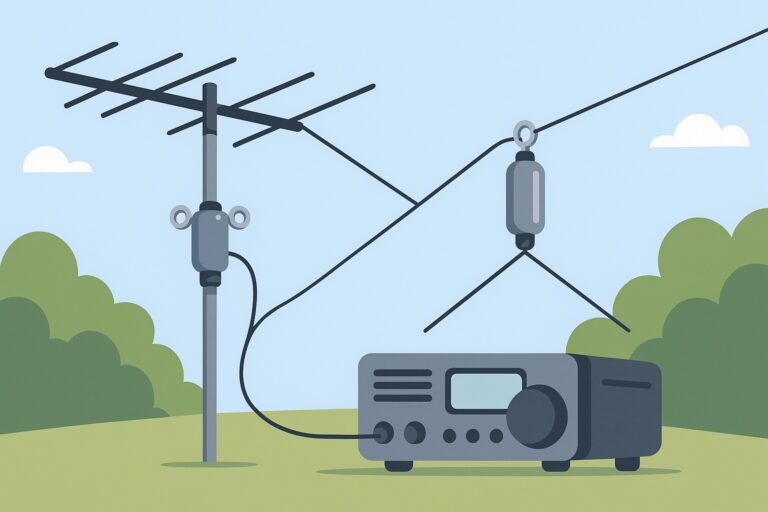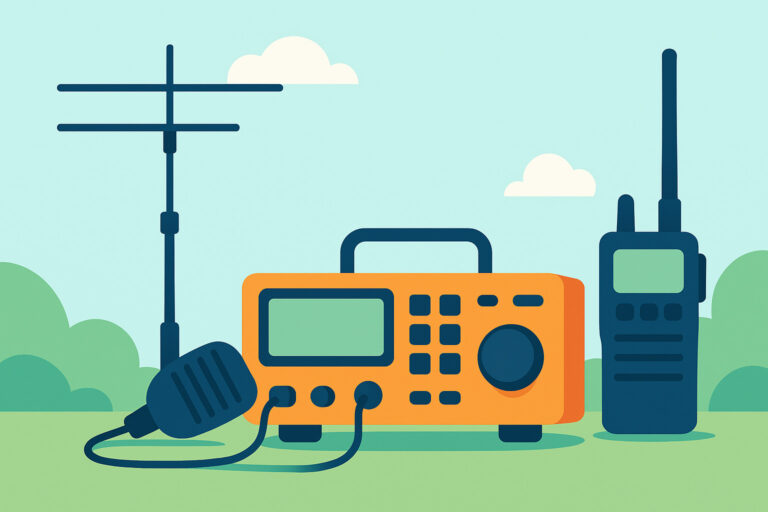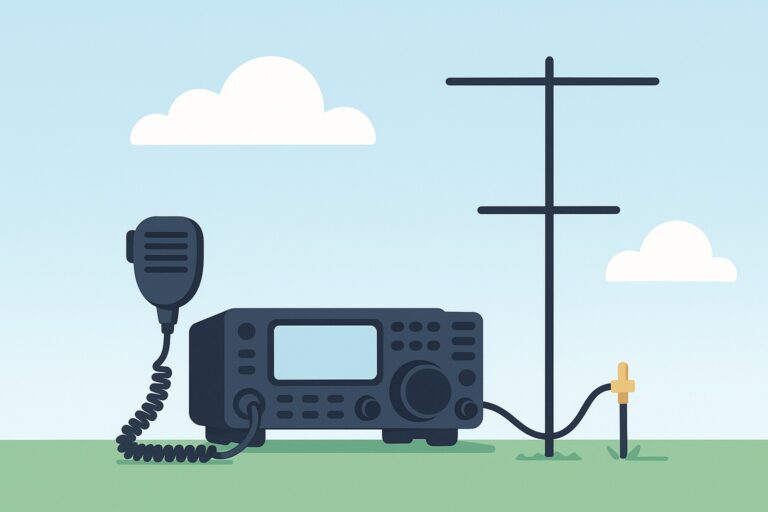Top Software Tools Every Intermediate Ham Operator Should Know
As you move beyond the basics of amateur radio, integrating powerful software tools becomes essential for expanding your capabilities, improving your signal quality, and making the most of every contact. The right programs not only streamline your operations but also open up exciting opportunities in digital modes, logging, propagation analysis, and even antenna design. Whether you’re looking to enhance your station management or experiment with new communication modes, understanding the core software every intermediate ham operator should know will take your radio experience to the next level.
Top Software Tools Every Intermediate Ham Operator Should Know
Introduction to Essential Ham Radio Software
Intermediate ham operators often reach a point where manual processes are no longer efficient, and the need for robust, feature-rich software becomes apparent. Software applications designed for amateur radio not only automate repetitive tasks but also provide advanced functionalities that help you optimize your station, improve communication reliability, and log contacts more effectively.
The ham radio community has developed a diverse ecosystem of software, ranging from comprehensive station management suites to specialized tools for digital modes, antenna design, propagation prediction, and logging. By leveraging these tools, operators can experiment with new techniques, participate in global contests, and ensure their stations are running at peak performance. As you continue to grow in the hobby, understanding and using these essential programs will greatly enhance your experience and results on the air.
Comprehensive Station Management: Ham Radio Deluxe
For many intermediate operators, managing the various aspects of a ham radio station can become complex. This is where station management suites like Ham Radio Deluxe truly shine. Designed to be an all-in-one solution, Ham Radio Deluxe offers a suite of integrated applications that cover rig control, logging, digital modes, satellite tracking, and more.
One of the standout features of Ham Radio Deluxe is its intuitive interface, which simplifies complex tasks such as transceiver control and automated logging. The software supports a wide variety of radios from leading manufacturers, making it highly adaptable to different station setups. Its logging module is particularly robust, allowing for detailed QSO management, award tracking, and seamless integration with digital mode programs.
Ham Radio Deluxe is utilized by over 40,000 amateur radio operators across 130 countries. This widespread adoption speaks to its reliability, ongoing development, and comprehensive feature set. For operators seeking a single platform to manage their station, Ham Radio Deluxe remains a top choice, enabling them to focus more on operating and less on administrative tasks.
Digital Mode Operations: Fldigi and WSJT-X
The digital revolution has transformed amateur radio, introducing new modes that allow for efficient communication even in challenging conditions. Two of the most popular software tools for digital operations are Fldigi and WSJT-X, each offering unique strengths for different operating styles.
Fldigi is a versatile digital modem application that supports a wide array of digital communication modes, making it a favorite among operators who enjoy experimenting with various digital protocols. As noted, Fldigi supports a wide range of digital modes, including PSK31, RTTY, and FT8, making it a versatile tool for digital communications. The software’s flexibility is matched by its user-friendly interface, real-time signal decoding, and seamless logging integration.
WSJT-X, on the other hand, is optimized for weak-signal communication. Its development led to the creation of modes like FT8 and JT65, which have revolutionized how operators make reliable contacts under poor propagation or with low power setups. WSJT-X is renowned for its weak-signal communication capabilities, enabling reliable contacts even under challenging conditions. This makes it indispensable for operators interested in DXing, QRP, or working during solar minimums.
Both Fldigi and WSJT-X are supported by active communities, ensuring ongoing development and plenty of online resources. Incorporating these tools into your station will dramatically expand your operating possibilities, allowing you to participate in the digital side of amateur radio with confidence.
Antenna Design and Simulation: EZNEC and 4NEC2
Optimizing antenna performance is a key focus for many intermediate operators. Antenna modeling software enables you to design, simulate, and tweak antennas before building them, saving time, effort, and resources. Two highly regarded tools in this category are EZNEC and 4NEC2.
EZNEC is known for its user-friendly interface and powerful simulation engine. It allows operators to model a wide variety of antenna types, adjust their parameters, and visualize radiation patterns, impedance, and gain. EZNEC’s graphical output is particularly helpful in understanding how environmental factors affect antenna performance, making it an excellent educational tool as well.
4NEC2, meanwhile, is a free and feature-rich alternative that offers advanced capabilities such as optimization routines and 3D visualization. While its interface may be less polished than EZNEC, the range of features it provides enables detailed analysis for ambitious antenna projects. Both programs are built on the Numerical Electromagnetics Code (NEC), ensuring accurate simulations for a wide range of designs.
EZNEC and 4NEC2 are popular antenna modeling software tools that allow users to design and optimize antennas for specific frequencies and operating conditions. By integrating these tools into your workflow, you can experiment with new designs and fine-tune your existing antennas to maximize your station’s on-air performance.
Propagation Analysis: VOACAP and HamCap
Understanding radio wave propagation is critical for planning successful contacts, especially when aiming to reach distant or rare DX stations. Propagation analysis tools help operators predict the best bands and times for making specific contacts by taking into account real-time solar and atmospheric data.
VOACAP is an industry-standard propagation prediction tool originally developed for Voice of America. It offers detailed forecasts based on factors like solar flux, time of day, and operating frequency. HamCap, which serves as a graphical front-end for VOACAP, simplifies the process by providing quick and easy HF propagation predictions with intuitive mapping features.
VOACAP and HamCap are widely used propagation prediction tools that help operators determine the best times and frequencies for contacting specific regions. By using these tools, operators can take a data-driven approach to band selection, improving their chances of successful QSOs and maximizing their station’s effectiveness during contests and expeditions.
Logging and Contact Management: Log4OM and N1MM Logger+
Keeping accurate records of your contacts is not only important for personal achievement but also for award tracking and regulatory compliance. Modern logging software automates much of this process, offering advanced features that go beyond simple logbooks.
Log4OM is a free, full-featured logging program designed with the needs of serious operators in mind. It offers powerful tools for callsign lookup, QSL management, award tracking, and integration with digital mode software. The interface is highly customizable, allowing you to tailor the display and workflow to your preferences. Log4OM also supports cloud backup and synchronization, ensuring your logs are always secure and accessible.
N1MM Logger+ is the go-to software for contesters. It provides real-time scoring, advanced contest rules support, and integration with a wide range of radios and digital mode platforms. Its robust networking capabilities allow for multi-operator contesting, and the software is constantly updated to include new contests and features based on operator feedback.
Log4OM and N1MM Logger+ are among the top choices for logging software, offering features like automatic callsign lookup and integration with digital modes. Whether you’re chasing awards, participating in contests, or simply keeping a personal record of your QSOs, these tools will help you manage your contacts with efficiency and precision.
Conclusion: Integrating Software Tools for Enhanced Operations
Mastering the intermediate stage of amateur radio means embracing a suite of specialized software tools. By integrating solutions for station management, digital modes, antenna modeling, propagation prediction, and logging, you can dramatically improve your operating efficiency and enjoyment. Each tool discussed here brings unique strengths to your station, empowering you to tackle new challenges, experiment with advanced techniques, and make the most of every operating opportunity.
For more ham radio tips, guides, and reviews, visit https://hamradioplayground.com and continue your journey to radio excellence.







